Photos of new bed and path
maple_grove_gw
9 years ago
Related Stories
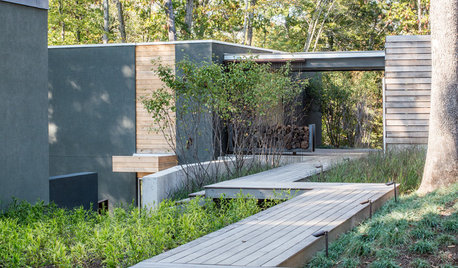
PATHSCreate Garden Mystery With a Zigzag Path
Foster intrigue by setting garden paths at angles ‘yatsuhashi’-style
Full Story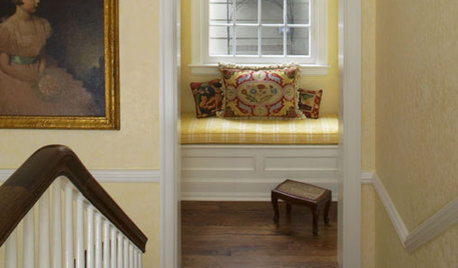
Off the Beaten Path: Delightful Alcove Spaces
Create a mini retreat within your home with a recessed nook, dormer or under-stair hideaway
Full Story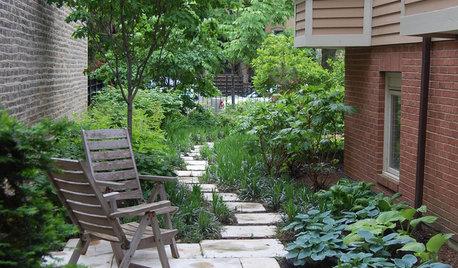
LANDSCAPE DESIGN17 Wandering Paths That Take Joy in the Journey
Explore secondary paths that are full of nuance and add intrigue to the landscape
Full Story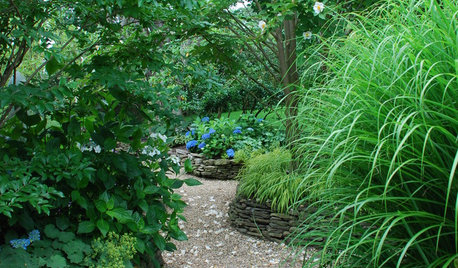
LANDSCAPE DESIGN15 Ideas for a Stunning Garden Path
Let your imagination roam as you consider the many types of walkways possible in your garden
Full Story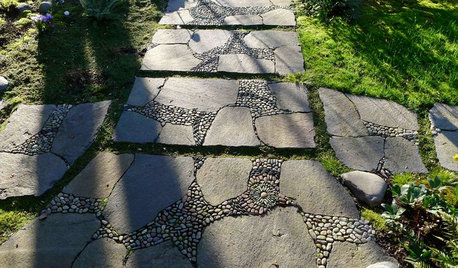
LANDSCAPE DESIGNHow to Design Garden Paths That Bring a Landscape to Life
We guide you through material and placement choices that will take your pathways from ordinary to extraordinary
Full Story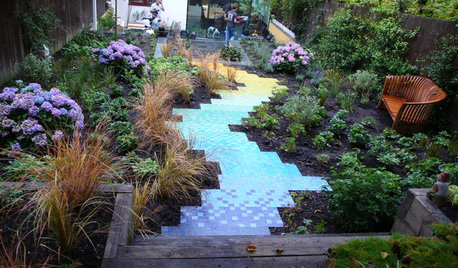
LANDSCAPE DESIGN24 Garden Paths to Inspire Memorable Journeys
Winding or straight, narrow or wide, densely or sparsely planted — there’s more than one way to design a walk
Full Story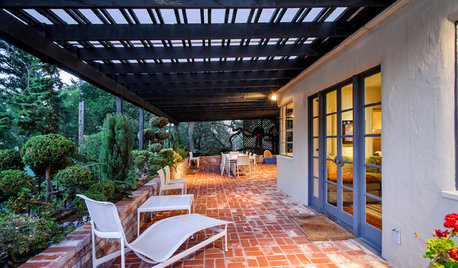
PATIOSLandscape Paving 101: How to Use Brick for Your Path or Patio
Brick paving is classy, timeless and a natural building material. Here are some pros and cons to help you decide if it’s right for your yard
Full Story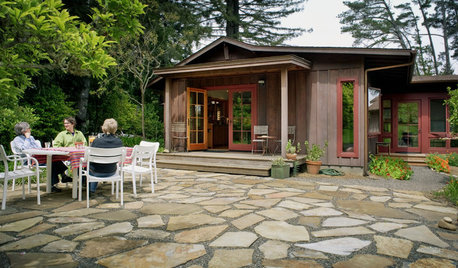
GREEN BUILDINGBuilding Green: The Paths, Beds and Decks That Define Your Landscape
You can make your outdoor area more sustainable by carefully designing your hardscape and selecting materials
Full Story
LANDSCAPE DESIGNPretty Trees for Patios, Paths and Other Tight Spots
Choose trees for their size, shape and rate of growth — or shape them to fit your space. Here's how to get started
Full Story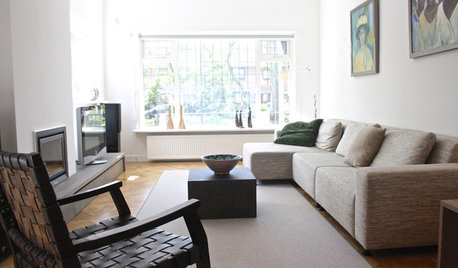
HOUZZ TOURSMy Houzz: City and Country Cross Paths in a Dutch Villa
It backs onto a lushly planted waterway and even has a pool, but this Netherlands home never loses sight of its capital skyline
Full StoryMore Discussions







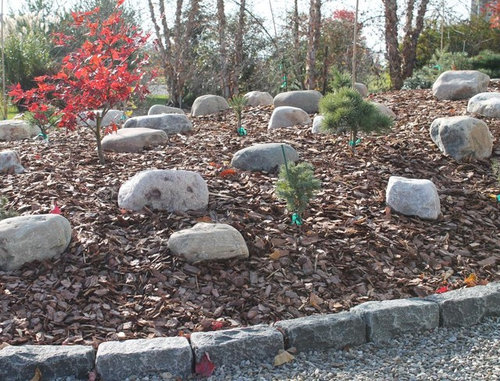
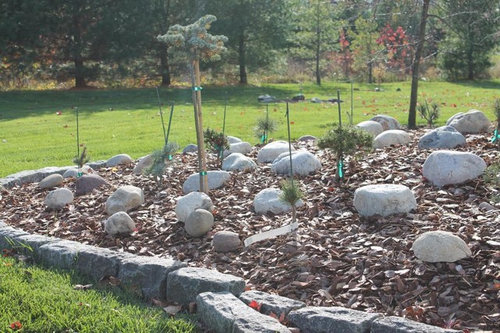
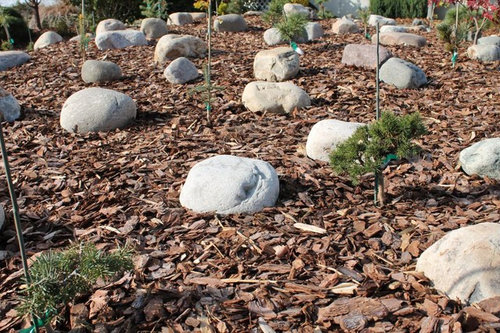
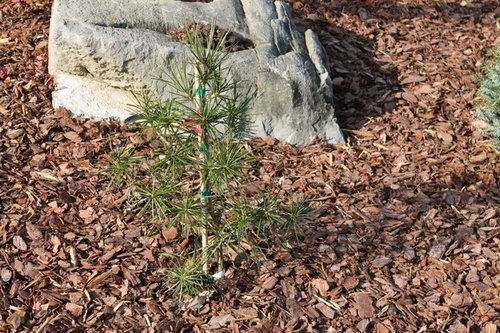

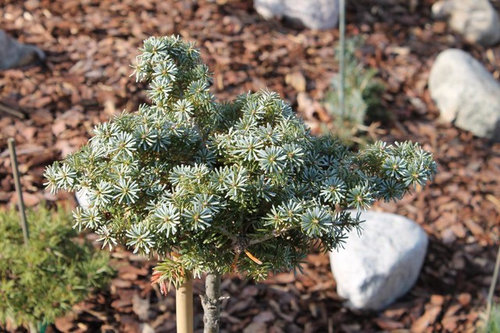
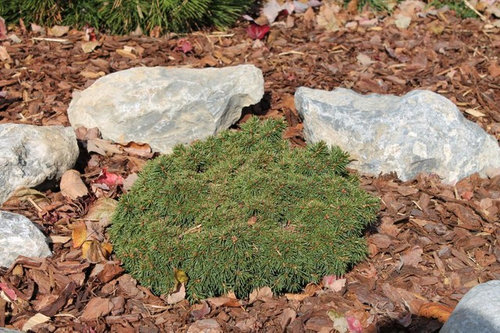
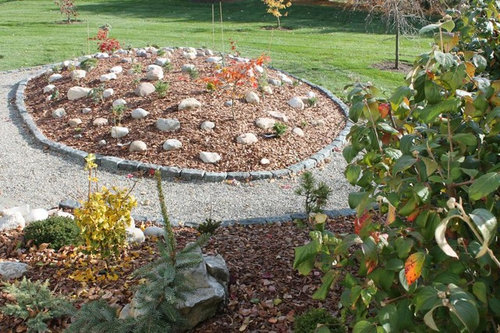
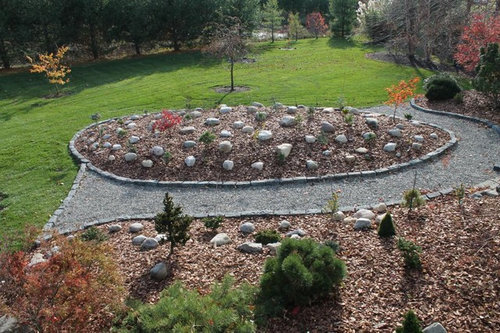





gardengal48 (PNW Z8/9)
User
Related Professionals
Fort Lee Landscape Architects & Landscape Designers · Harrison Landscape Architects & Landscape Designers · Suffern Landscape Architects & Landscape Designers · Vernon Hills Landscape Architects & Landscape Designers · Biloxi Landscape Contractors · Cockeysville Landscape Contractors · Conroe Landscape Contractors · Duarte Landscape Contractors · Gaithersburg Landscape Contractors · Hawaii Landscape Contractors · North Potomac Landscape Contractors · Oviedo Landscape Contractors · Wanaque Landscape Contractors · Watertown Landscape Contractors · Wilsonville Landscape Contractorsmaple_grove_gwOriginal Author
severnside
gardengal48 (PNW Z8/9)
sc77 (6b MA)
mikebotann
outback63 Dennison
alley_cat_gw_7b
ken_adrian Adrian MI cold Z5
maple_grove_gwOriginal Author
maple_grove_gwOriginal Author
nata_a
gardengal48 (PNW Z8/9)
maple_grove_gwOriginal Author
nata_a
nata_a
sc77 (6b MA)
maple_grove_gwOriginal Author
mikebotann
gardener365
maple_grove_gwOriginal Author
Cher
whaas_5a